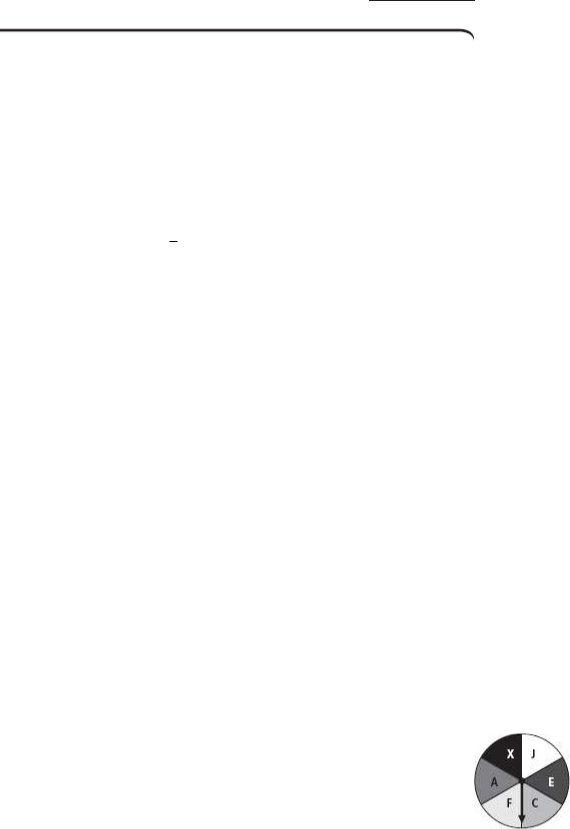Understanding the principles of compound probability is vital for anyone exploring the realms of mathematics or engaging in activities that involve statistical outcomes. The Compound Probability 13-4 Practice Form G provides a structured approach to discerning whether events are independent or dependent, a foundational concept in probability theory. This form walks users through various exercises, from determining the outcome probabilities of rolling a number cube and spinning a spinner, to predicting occurrences in real-world scenarios such as selecting cards, tossing coins, and choices made by students for transportation to school. It introduces critical concepts like mutually exclusive and overlapping events, guiding learners through calculating the probability of combined events with given probabilities. Additionally, it explores practical problems such as determining the chances of selecting specific animals at an aquarium or predicting transport preferences in a local town population. This methodical practice not only aids in understanding the intricacies of compound probabilities but also in applying these probabilities to everyday situations, thus enhancing decision-making and statistical prediction skills.
| Question | Answer |
|---|---|
| Form Name | Compound Probability 13 4 Form |
| Form Length | 1 pages |
| Fillable? | No |
| Fillable fields | 0 |
| Avg. time to fill out | 15 sec |
| Other names | 13 4 practice compound probability answers, 13 4 practice compound probability form k, 13 4 probabilities of compound events answers, 13 4 compound probability form g |

NAME |
|
CLASS |
|
DATE |
FORM G
For Exercises
1.You roll a 2 on a number cube and spin a 3 on a spinner.
2.You choose a King from a deck of cards and get heads in a coin toss.
3.You roll a number cube and get a 6, and roll again if the first roll is a 6.
4.What is P(A and B) if P( A) = 1 and P(B) = 2 , where A and B are independent events?
27
5.What is the probability of rolling a 4 on a fair number cube and getting “tails” when tossing a coin?
6.What is P(A or B) if P(A) = 32% and P(B) = 17%, where A and B are mutually exclusive events?
7.At a local high school, 34% of the students take a bus to school and 56% of the students walk to school. What is the probability of randomly selecting a student that takes a bus or walks to school?
8.What is P(A or B) if P( A) = 1 and P(B) = 1 , where A and B are overlapping events?
42
9.A spinner has 8 equal sections numbered 1 to 8. What is the probability of the spinner stopping on a number that is a multiple of 3 or is greater than 5?
10.A local aquarium has 6 turtles, 12 penguins, and 8 sharks. You randomly select 1 animal to watch. What is the probability that you select a turtle or a shark?
11.In a local town, 55% of the residents drive to work, 23% of the residents own a dog, and 6% of the residents walk to work. Find the probability that a randomly chosen resident owns a dog or walks to work.
Use the spinner at the right for Exercises
12.What is the probability of the arrow stopping on a consonant or one of the first 4 letters of the alphabet?
13.What is the probability of the arrow stopping on “X” on the first spin and “F” on the second spin?
14.What is the probability of the arrow stopping on “J” or “A” on one spin?